Prawns – beware of bargains
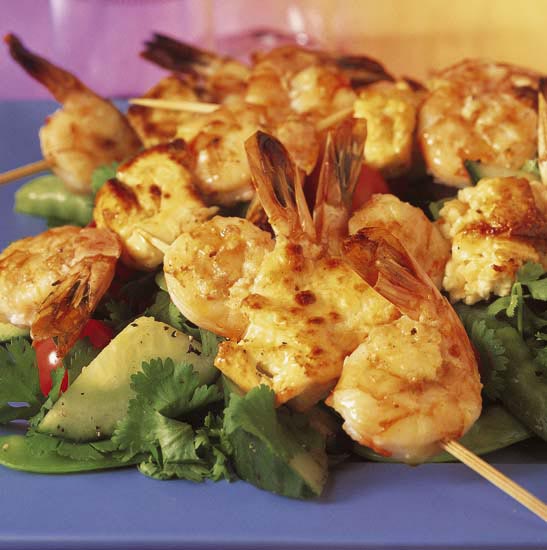
There is no such thing as a cheap prawn.

There is no such thing as a cheap prawn.
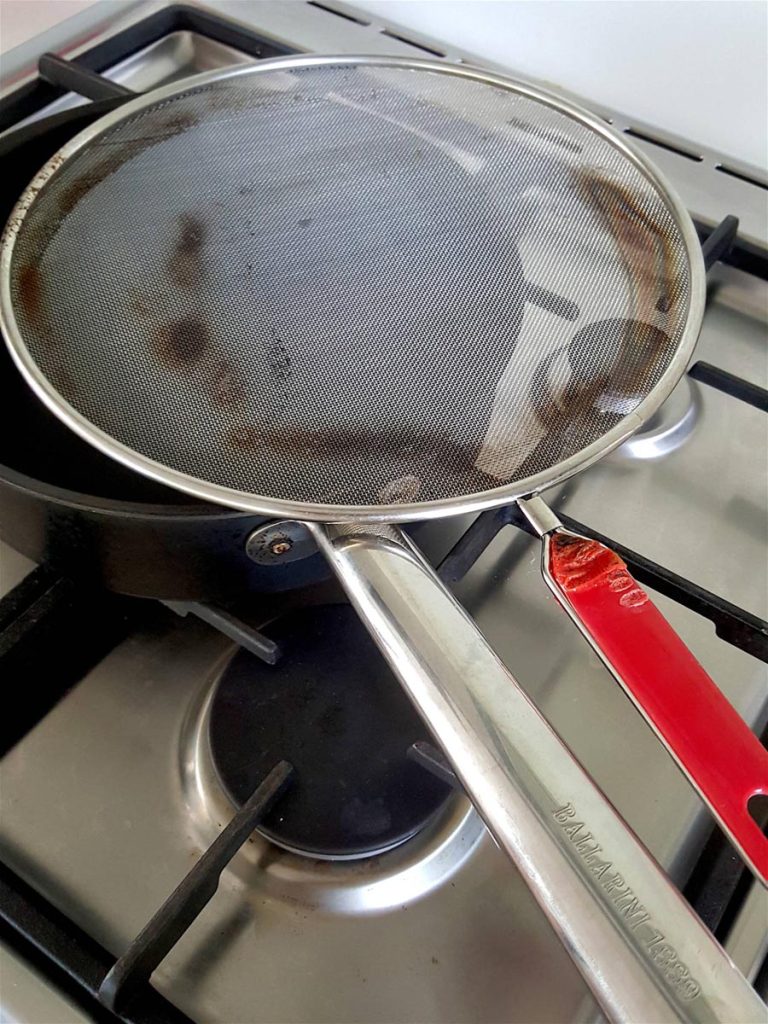
Mine may look a little munted (it is much used and much loved), but I highly recommend this simple piece of equipment.
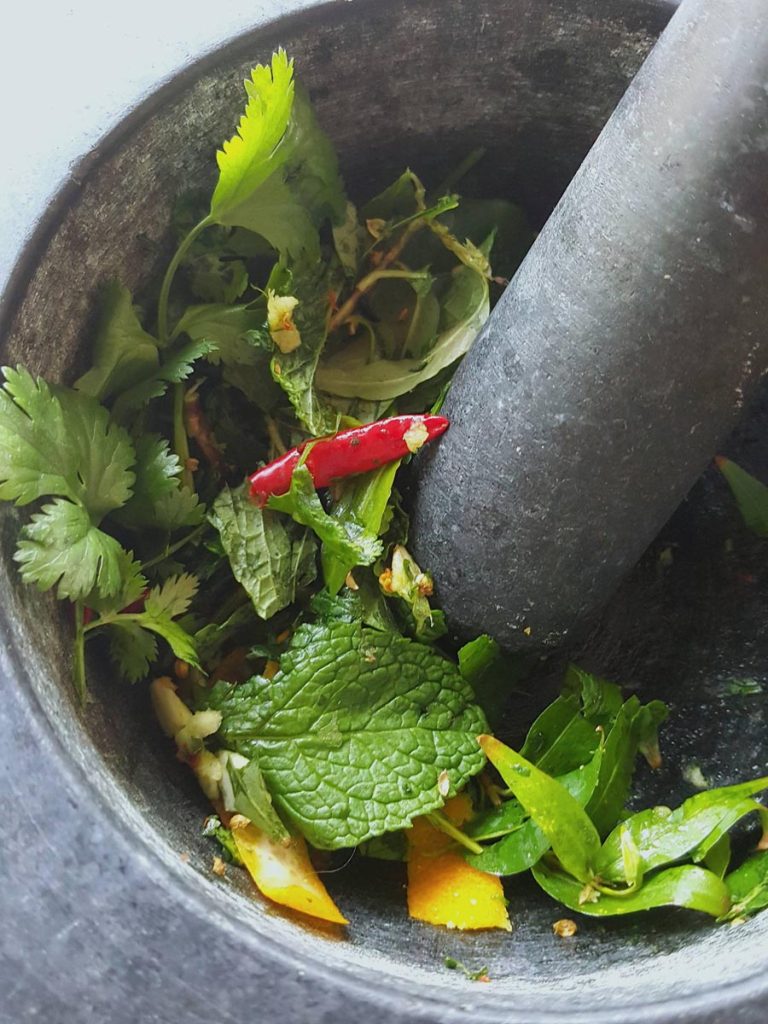
Don’t pussy around. Get in there and crush the life out of them!
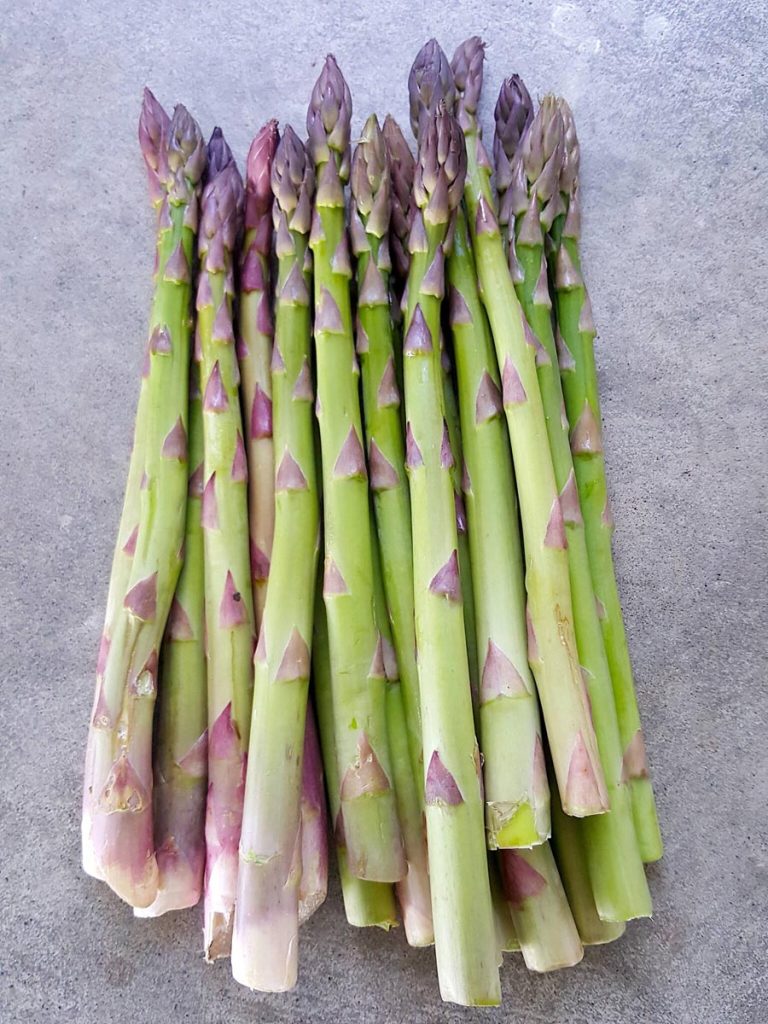
A 101 on asparagus – a good read!
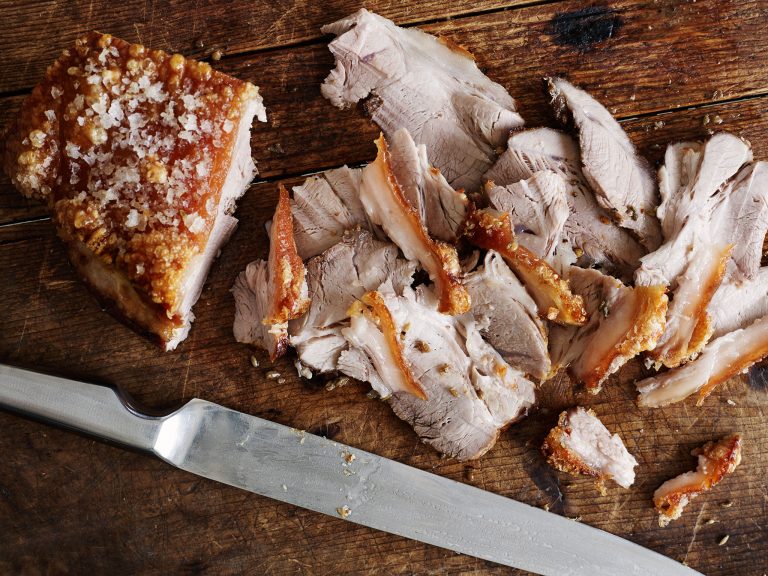
Crackling. CRUNCHY crackling. Gorgeously golden, so fingerlickin’ salty, and so perfectly crackled you hear it shatter in your ears, and all lined with a layer of sweet creamy fat that melts on your tongue. OMG! Died and gone to heaven with this one.
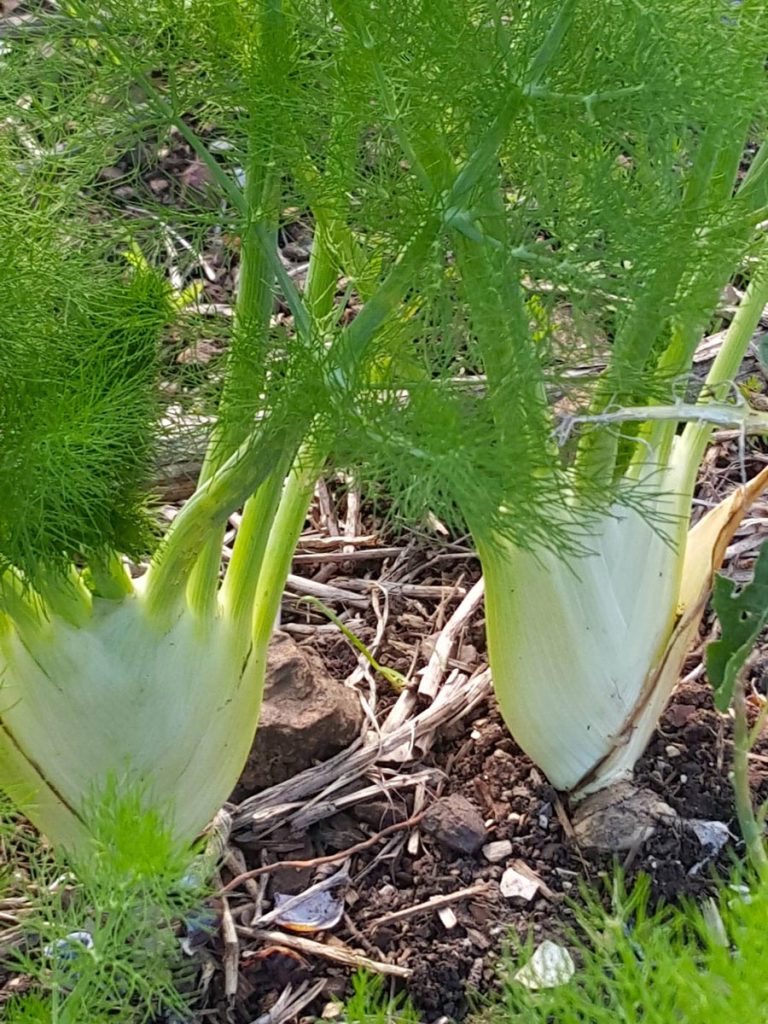
If I could resist harvesting my fennel bulbs, they would have babies, slim fennel-ettes would start forming that I could pluck out leaving the plant to continue growing and forming more of the same. But I can’t, of course.
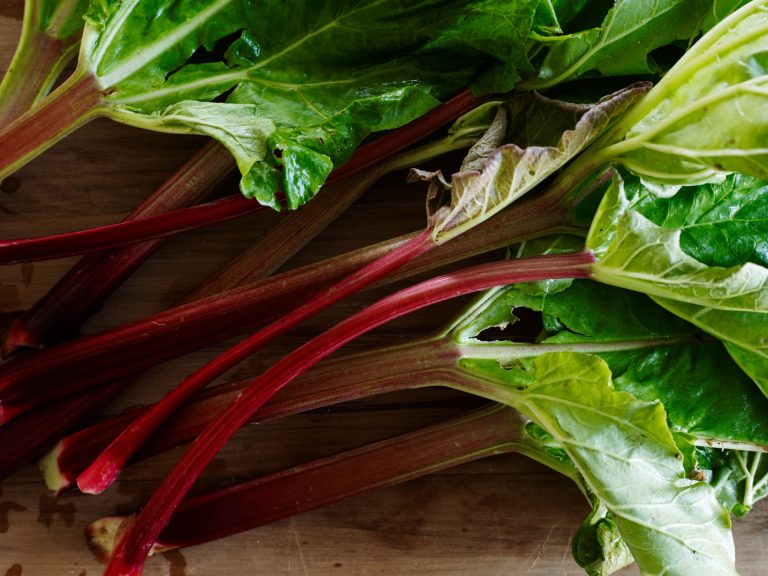
Rhubarb forms a pretty pink syrup when cooked with redcurrant jelly and orange. It also likes peaches, plums, raspberries & strawberries, but it’s winter here, so apple & ginger it is.
No products in the basket.
Welcome to the new Shared Kitchen experience! If you encounter any issues, please let us know. Dismiss